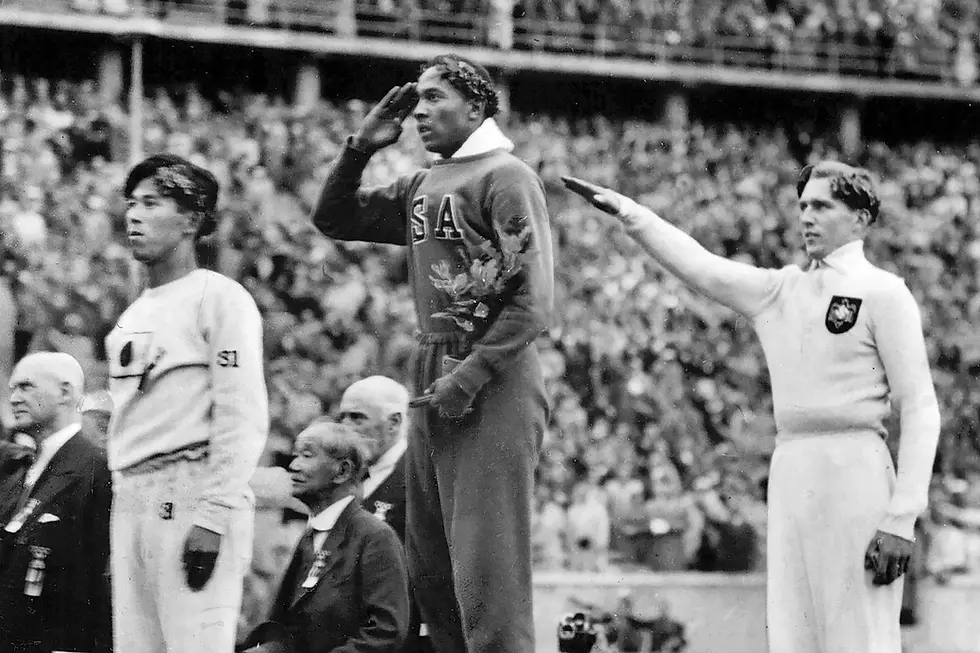The Public Debut of the Internet in 1983: A Revolution Begins
- demacedogroup
- Jul 21
- 3 min read

The Public Debut of the Internet in 1983: A Digital Revolution Begins
The year 1983 stands as a landmark moment in human history—one that would lay the foundation for the interconnected world we live in today. This was the year the internet, as we now know it, was introduced to the public. It was a quiet yet transformative shift that set the stage for the digital revolution, changing how we communicate, learn, and do business forever.
Let’s delve into the origins of the internet’s public debut, why 1983 was so significant, and how it became the backbone of the modern era.
What Happened in 1983?
In January 1983, the ARPANET (Advanced Research Projects Agency Network)—the precursor to the internet—transitioned to a revolutionary communications protocol called TCP/IP (Transmission Control Protocol/Internet Protocol). This switch was critical as it unified multiple networks into a single global "inter-network," enabling seamless data exchange.
Before 1983, communication systems were siloed, with networks using different, often incompatible protocols. The adoption of TCP/IP marked the beginning of a standardized framework, which allowed the ARPANET and other networks to evolve into what we now recognize as the internet.
While the internet had been in development since the 1960s, 1983 was when its foundational technology became operational and scalable, paving the way for public and commercial use.
Why Was This a Game-Changer?
Interconnectivity for All:The introduction of TCP/IP transformed a fragmented system into an interconnected one. It created the potential for devices worldwide to communicate seamlessly, breaking geographic and cultural barriers.
Opening the Door to Public Access:Although primarily used by researchers and government entities in its early days, the development in 1983 set the stage for the internet to become accessible to educational institutions, businesses, and eventually the general public.
The Birth of a Digital Economy:This technological leap would later enable innovations like email, the World Wide Web (introduced in 1991), and e-commerce, fundamentally transforming economies and societies.
How Did the Internet Reach the Public?
The initial users of the internet were academic institutions and government agencies. Universities, in particular, were among the first to harness its power for research collaboration and communication.
It wasn’t until the late 1980s and early 1990s, with the introduction of user-friendly interfaces and browsers, that the general public began to experience the internet as we know it. However, none of this would have been possible without the groundwork laid in 1983.
The Legacy of 1983: The Birth of a Connected World
The introduction of the internet to the public in 1983 was more than just a technological milestone—it was the beginning of a societal transformation. Today, billions of people rely on the internet for everything from education and healthcare to entertainment and commerce.
The shift to TCP/IP in 1983 might not have made headlines at the time, but it was the spark that ignited a revolution. As we marvel at the endless possibilities of today’s digital age, we owe a debt of gratitude to that pivotal moment when the internet truly came to life.
Conclusion
The introduction of the internet to the public in 1983 was a turning point in modern history. It established the framework for the interconnected world we live in today, enabling the rapid exchange of information and ideas across the globe.
As we navigate the complexities of a digital world, understanding its origins helps us appreciate just how far we’ve come—and what might be possible in the future.
If you found this deep dive into the origins of the internet insightful, don’t forget to share it with others and explore more tech history on our blog.





















Comments